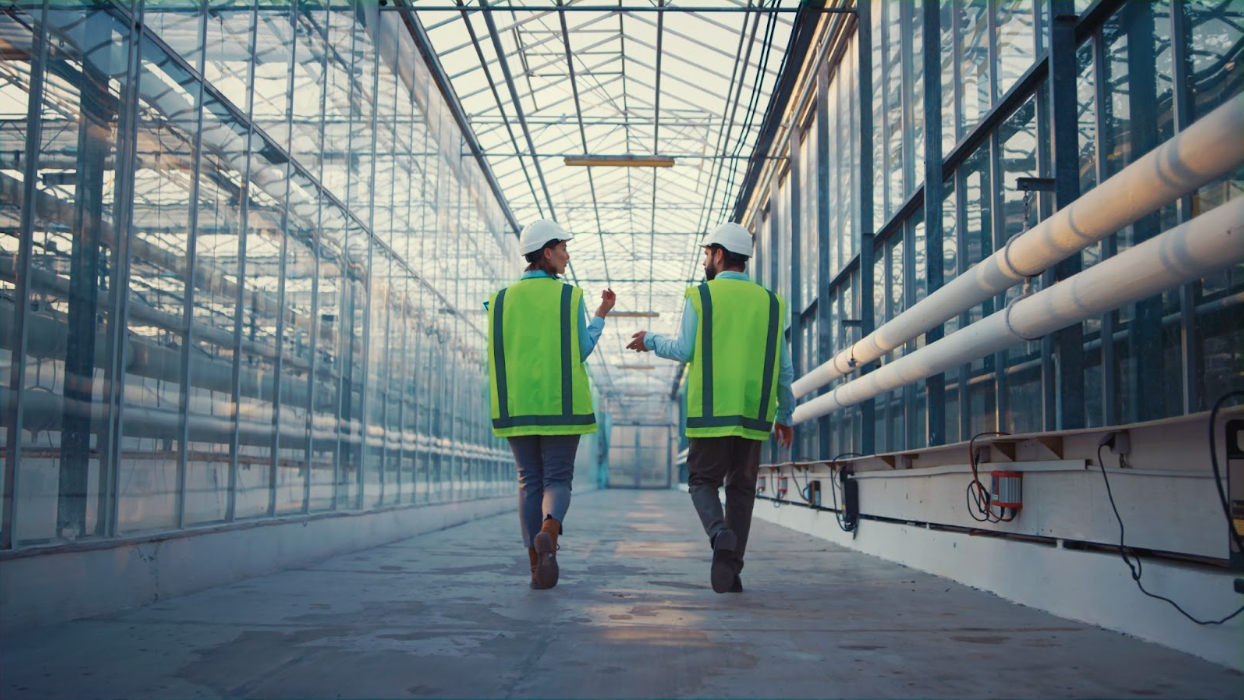
Sustainability is no longer just a nice-to-have; it's a must-have. It's an essential part of responsible business. Consumers are paying attention, regulations are tightening, and companies are expected to do more with less environmental impact. For those managing fulfillment operations, especially in e-commerce, this means finding more efficient ways to reduce waste and energy consumption.
At Tompkins Solutions, we understand the growing importance of sustainable practices. The good news is that automation can play a significant role in making your fulfillment process greener and more efficient.
The Problem with Traditional Fulfillment
Conventional warehousing and fulfillment methods can have a significant environmental impact. Overpacking, inefficient delivery routes, and high energy usage all contribute to a larger carbon footprint. These outdated practices can increase emissions, waste resources, and drive up operating costs.
How Automation Supports Sustainability
Technology is transforming the landscape of sustainability in fulfillment. Modern automated systems not only increase speed and accuracy but also create opportunities to operate more efficiently and responsibly. Here are some of the most impactful innovations:
Energy-Efficient Robotics
Today's robots are designed to consume less power while completing tasks more efficiently. They can run on lower energy and require less lighting and HVAC support in warehouse spaces, helping to cut down overall electricity use.
Smarter Inventory Management
With AI and machine learning, automated systems help predict demand more accurately. This means fewer surplus goods, less waste, and more efficient space utilization across your operation.
Sustainable Packaging Solutions
Automation enables more precise packaging, resulting in reduced material waste. Pair this with biodegradable or recycled materials, and you can dramatically lower your environmental impact.
Renewable Energy Use
More fulfillment centers are installing solar panels or purchasing energy from wind farms to power their automated systems. These upgrades not only shrink your carbon footprint but can also lead to long-term savings.
Practical Ways to Go Greener
Making your fulfillment center more sustainable doesn't have to be complex. Here are some simple changes to consider:
Plan Smarter Delivery Routes
Utilize route optimization software to minimize travel time, fuel consumption, and emissions.
Upgrade Equipment
Choose energy-efficient lighting and automation equipment that uses less power.
Start a Recycling Program
Encourage recycling throughout the warehouse, from packaging waste to office supplies.
Switch to Eco-Friendly Packaging
Look for options made from recycled or compostable materials. Avoid unnecessary plastic.
Track Your Progress
Utilize data to track energy consumption, waste levels, and emissions. Share your results with stakeholders to show your commitment.
Why It Matters
A sustainable fulfillment strategy does more than help the planet; it also benefits the environment. It also makes business sense. You'll enhance your brand's reputation, lower operating costs, stay compliant with environmental regulations, and foster a workplace that employees are proud to be part of.
At Tompkins Solutions, we help companies build smarter, greener fulfillment operations. From automation strategies to sustainable technologies, our solutions are designed to meet today's needs and tomorrow's goals. Contact us to discover how we can support your sustainability journey.
How can we help improve your supply chain operations?
Schedule a consultation or contact Tompkins Solutions for more information.

Featured Posts
Discover valuable resources to enhance your knowledge.





